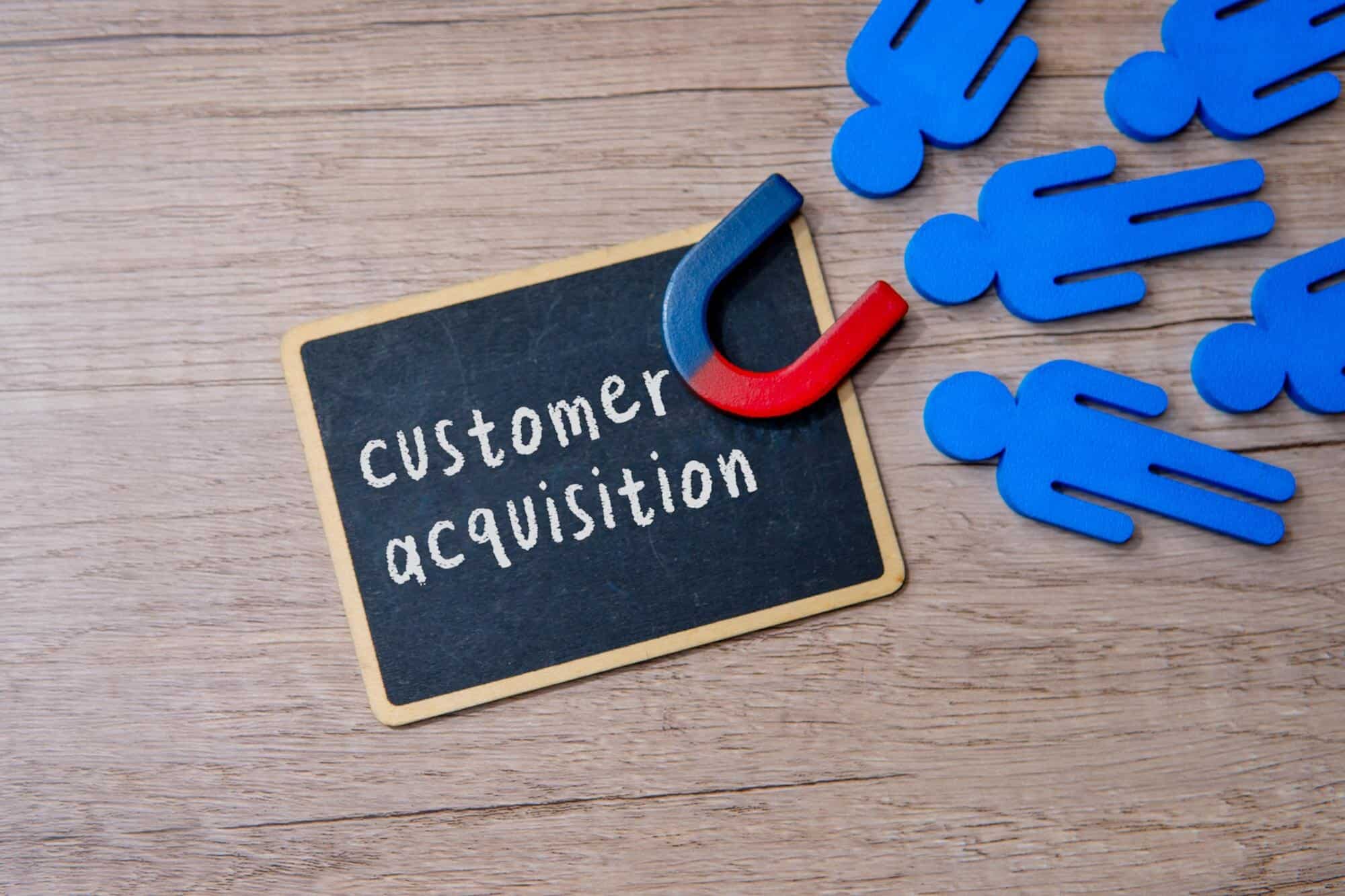Estimated reading time: 8 minutes
Key Takeaways
- Acquiring new customers is more expensive than retaining existing ones.
- Satisfied customers are far more likely to stay loyal.
- Predictive analytics helps forecast and prevent customer churn.
- Proactive communication and feedback loops drive higher retention.
- A comprehensive retention strategy requires ongoing refinement.
Table of Contents
Understanding Customer Churn
In today’s competitive business landscape, keeping your customers loyal is more crucial than ever. Customer churn, the rate at which customers stop doing business with a company, can significantly impact your revenue and growth potential. Implementing effective strategies to reduce customer churn is essential for maintaining a stable customer base and ensuring long-term success.
Research shows that acquiring a new customer can cost five times more than retaining an existing one. Moreover, increasing customer retention rates by just 5% can boost profits by 25% to 95%. These statistics highlight the immense value of focusing on customer retention and the importance of implementing strategies to reduce churn.
Customer churn refers to the percentage of customers who stop using your product or service over a given period. It’s typically calculated using the following formula:
Churn Rate = (Lost Customers / Total Customers at the Start of Period) x 100
Common causes of customer churn include: poor customer service, better offers from competitors, lack of product engagement, and unmet expectations. The effects of high churn rates on businesses can be severe: lost revenue, increased customer acquisition costs, and a damaged reputation. Focusing on customer retention can help build a loyal customer base that not only continues to purchase but also advocates for your brand.
Churn Analysis and Predictive Analytics
To effectively reduce customer churn, you need to understand why customers are leaving. This is where churn analysis and predictive analytics come into play. Churn analysis involves identifying patterns and behaviours that indicate a customer may be at risk of leaving, such as monitoring engagement metrics, tracking support tickets, and analysing purchase history.
Predictive analytics leverages historical data to forecast potential churn. By using data-driven insights, you can develop targeted retention strategies and intervene before customers decide to leave. Studies reveal that companies using predictive analytics for churn reduction can improve their customer retention rates by up to 15%.
Enhancing Customer Satisfaction
Customer satisfaction is directly correlated with loyalty and retention. Metrics such as Net Promoter Score (NPS) and Customer Satisfaction (CSAT) surveys are often used to measure this. To bolster satisfaction and reduce churn risk, consider strategies like improving product quality, providing excellent customer service, and delivering consistent value.
Studies have found that highly satisfied customers are 2.6 times more likely to remain loyal to a brand compared to unsatisfied customers. Investing in satisfaction not only preserves revenue but also fosters brand advocacy.
Customer Feedback and Proactive Communication
Collecting and acting on customer feedback is critical to preventing churn. Consider conducting regular surveys, monitoring reviews and social media mentions, and encouraging direct feedback through support channels. Proactive communication, such as sending updates about new features or personalising messages, can keep customers engaged before they even consider leaving.
Research suggests that companies prioritising customer feedback and proactive communication can reduce churn rates by up to 15%. Prompt follow-ups and transparent dialogues reinforce trust, fostering long-term loyalty.
Optimising Onboarding Processes
A seamless onboarding experience is a powerful tool for minimising early churn. Effective onboarding includes clear instructions, personalised guidance, and accessible support throughout the journey. Companies that excel in onboarding can improve customer retention by up to 50% in the first 90 days.
When customers quickly realise the value of your product or service, they’re more likely to stay engaged and less inclined to explore competitors.
Personalised Experiences and Customer Segmentation
Providing personalised experiences can dramatically enhance loyalty and satisfaction. Through customer segmentation—grouping users by preferences, behaviors, or demographics—you can deliver tailored content, product recommendations, and marketing campaigns.
Research indicates that personalisation can reduce churn rates by up to 50%. When customers feel understood, they’re more inclined to stick around and even become brand advocates.
Loyalty Programmes and Targeted Incentives
Implementing loyalty programmes and offering targeted incentives encourage repeat business. Whether it’s a points-based system, tiered rewards, or exclusive benefits, customised perks motivate customers to stay with your brand. Studies indicate that loyalty members are significantly more likely to increase their spending and retention over time.
Proactive Customer Support
Proactive customer support identifies and resolves issues before they escalate. This approach includes reducing response times, empowering support agents with robust knowledge bases, and offering multi-channel support.
Research shows that companies providing strong, anticipatory customer support can reduce churn by up to 67%. Prompt, empathetic assistance signals that you value your customers’ time and satisfaction.
Educational Resources and Customer Journey Mapping
Offering tutorials, guides, and webinars empowers customers to maximise product use. In turn, this enhances relationships, builds trust, and increases engagement. Customer journey mapping further refines the experience by visualising every touchpoint, revealing pain points and opportunities for improvement.
Research suggests that companies employing customer journey mapping can reduce churn by up to 30%, as they are better equipped to tailor solutions that resonate with users’ evolving needs.
Win-Back Campaigns
Win-back campaigns seek to re-engage past customers. Combining personalised outreach, special offers, and updates on product improvements can effectively capture the attention of previously lost clients. Successful win-back strategies address the initial causes of churn and present compelling reasons
for returning.
Research indicates that well-crafted win-back campaigns can recover up to 15% of lost customers, making them a worthy investment in your broader retention plan.
Implementing a Comprehensive Retention Strategy
The key to reducing churn lies in unifying these strategies into a cohesive retention plan. Set clear objectives, allocate resources effectively, and measure progress with key performance indicators (KPIs). Companies that adopt a comprehensive strategy can reportedly decrease their churn rates by up to 25%.
Remember that retention is not a one-time fix; it’s a continuous process that evolves with customer needs. Regularly review and refine your approach to keep pace with market dynamics and customer feedback.
Conclusion
Reducing customer churn is essential for ensuring sustainable growth and stability. By honing in on strategies such as predictive analytics, personalised engagement, and proactive support, you can forge stronger customer relationships that stand the test of time.
Think of retention as a marathon, not a sprint. Your ongoing commitment to improvement and innovation will safeguard your customer base and drive long-term success.
Additional Resources
To further enhance your understanding and implementation of effective strategies to reduce customer churn, explore the following resources:
- Outreach.io’s guide to customer retention strategies
- SuperOffice’s blog on reducing customer churn
- Nextiva’s actionable tips for customer retention
These sources provide additional case studies and downloadable materials to help you refine your approach and keep customers loyal.
FAQ
1. Why is customer churn so critical to address?
Minimising churn is vital because high turnover erodes revenue, increases acquisition costs, and damages brand reputation. Focusing on retention fosters stability and can significantly increase profitability.
2. How often should I measure customer churn?
Most businesses track churn monthly or quarterly, though the ideal frequency depends on your product’s usage cycle. Regular measurement allows for quicker interventions and strategic adjustments.
3. What is the best way to gather customer feedback?
A combination of formal surveys (such as NPS and CSAT), reviews, social media monitoring, and direct conversations offers a well-rounded view of customer sentiment. Each channel captures different insights that can guide improvements.
4. How long does it take to see results from churn reduction strategies?
Timelines vary, but you may see improvements in a few months, especially if you’re actively measuring satisfaction and engagement metrics. Patience and consistent refinement will yield the best outcomes over time.
5. Can small businesses implement these strategies effectively?
Absolutely. Smaller companies can benefit by focusing on personal attention, streamlined onboarding, and targeted loyalty incentives. Many of these strategies are scalable, aligning well with varied budgets and team sizes.







